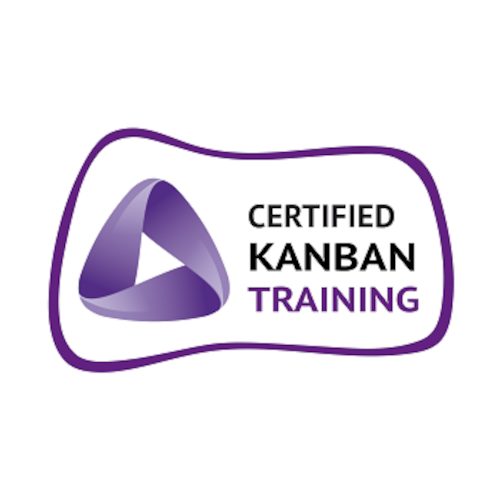A Beginners Guide to Objectives and Key Results
Share
Objectives and Key Results (OKRs) is a goal-setting framework that helps organizations set clear, measurable, and actionable goals. The concept was developed by Andy Grove, the former CEO of Intel, and has been adopted by many successful companies, including Google, LinkedIn, and Twitter. This article tells you about the definition of OKRs and shows some example of good OKRs, which might help you to improve the goal setting of your organization.
What are Objectives and Key Results?
The framework consists of two main components: objectives and key results. Objectives are high-level goals that the organization wants to achieve, while key results are specific, measurable targets that help track progress towards the objectives. OKRs are used to align the efforts of individuals and teams within an organization towards a common goal, and to encourage innovation and risk-taking. They are typically set on a quarterly or annual basis and reviewed regularly to ensure that progress is being made. There are a few key situations in which OKRs may be particularly useful:
- When you want to set clear, measurable, and actionable goals that align with the overall strategy of the organization.
- When you want to encourage innovation and risk-taking within the organization.
- When you want to improve communication and collaboration within the organization by aligning everyone’s efforts towards a common goal.
- When you want to track progress towards goals and make adjustments as needed to ensure that you are on track to achieve them.
Overall, OKRs can be a useful tool for any organization that wants to set and achieve clear, measurable goals, and they can help organizations to be more agile, focused, and successful.
Examples of Good Objectives and Key Results
Let’s have a look at examples for good OKRs. The first example is not neccessarily related to a technology background, as customer satisfaction affects all industries.
Objective: Increase customer satisfaction
- Improve the response time to customer inquiries by 50%
- Increase the number of 5-star customer reviews by 25%
- Reduce the number of customer complaints by 40%
A good example for a software company looks like the following OKRs.
Objective: Launch a new product
Key Results:
- Complete market research and analysis by Q2
- Develop a prototype of the new product by Q3
- Launch the new product to the market by Q4
- Achieve a 20% increase in user adoption within the first six months of launch
Final Thoughts
In conclusion, OKRs (Objectives and Key Results) is a goal-setting framework that helps organizations set clear, measurable, and actionable goals.
It consists of two main components: objectives, which are high-level goals that the organization wants to achieve, and key results, which are specific, measurable targets that help track progress towards the objectives.
OKRs are used to align the efforts of individuals and teams within an organization towards a common goal, and to encourage innovation and risk-taking. They are typically set on a quarterly or annual basis and reviewed regularly to ensure that progress is being made. OKRs can be a powerful tool for setting and achieving goals, and can help organizations to be more agile, focused, and successful.















